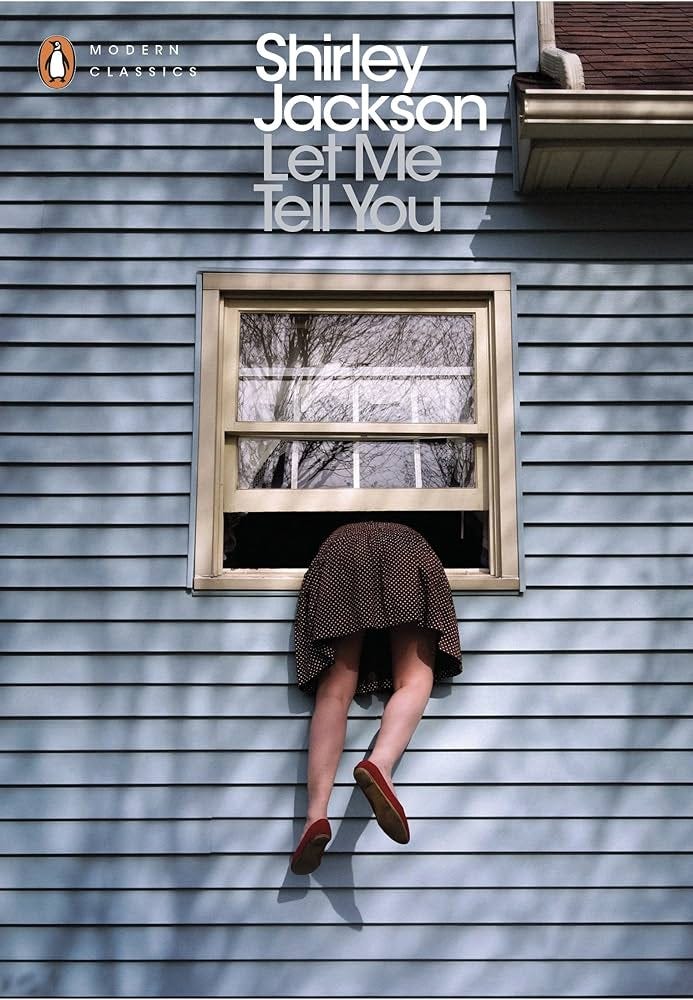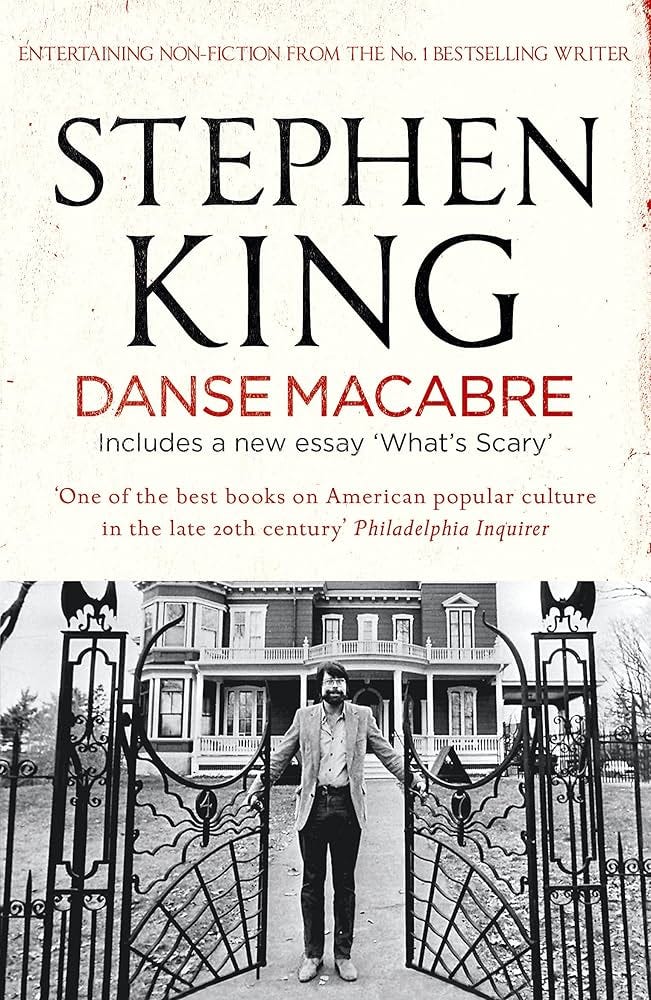Today we start reading The Haunting of Hill House by Shirley Jackson.
If you would like to read along, we’ll read Chapters 1, 2 and 3 this week and discuss them next Friday. The full details are here.
These first three chapters comprise just over a third of the novel and will take us to the end of our first night at Hill House . . .
As we get started, here are few contextual nuggets to raise the hairs on the back of your neck.
The Haunting of Hill House was first published 65 years ago on 16 October 1959.
A month beforehand, the publisher, Viking, ran the following announcement in The New York Times:
Hill House has sat empty for 80 years. Who will be courageous enough to spend one night alone in it?
This unusual notice contributed to the buzz in the build-up to publication. There were advance sales of eight thousand copies.
In his book-length essay on horror fiction, Danse Macabre (1981), Stephen King writes this about the opening paragraph of The Haunting of Hill House:
There are few if any descriptive passages in the English language that are finer; it is the sort of quiet epiphany every writer hopes for: words that somehow transcend words.
In Jackson’s essay ‘The Ghosts of Loiret’, published in 1958, she describes two incidents that seem to have inspired the writing of The Haunting of Hill House.
The first occurred on a train journey from Vermont to New York City:
When the train stopped at 125th Street, I glanced out the window to get my first sight of the big city and found myself looking squarely at the most hideous building I have ever seen. It was altogether disgusting, and I have no idea why that particular word came into my mind. It was a tall tenement building, standing alone, and staring at it out the train window all I could think of was that I wanted to turn around and go back to Vermont; I didn’t want to spend another minute in a city with that building in it. . . . That night I woke up from a nightmare about that building, one of those bad nightmares that get you out of bed to turn on the lights and make sure it was only a dream. . . . I wrote to a friend of ours who teaches at Columbia University and described the building, asking him to locate it and find out if there was any reason why it should give me such an impression of horror. . . . Some seven months before, it had been almost entirely burned in a disastrous fire that killed nine people. What was left of the building was a shell. The children in the neighborhood said it was haunted.
Jackson later said that the feeling she had when she saw this building was the closest she ever came to a supernatural experience.
The second incident concerned a collection of ‘picture postcards of houses’ that Jackson’s husband, Stanley Hyman, gave her as a birthday present:
The postcard of one of the California houses began to bother me. It was an ugly house, all angles and all wrong. It was sick, diseased, and the photograph of it on the postcard made it look yellow and flabby.
Jackson asked her mother, who was still living in California, about the house, and received the following response:
She remembered that horrid house in California very well, although she was surprised to know that there any pictures of it still around. My great-grandfather had built it. She remembered when the people of the town got together one night and burned it down.
Jackson says at the start of ‘The Ghosts of Loiret’:
I love houses. I love to look at them the way they just stand there, and I most particularly love old and big and fancy houses. My grandfather was an architect, and his father, and his father.
Ruth Franklin, Jackson’s biographer, points out that each of Jackson’s last three completed novels begins and ends with a house.
And now let’s enter Hill House . . .
You can find the essay ‘The Ghosts of Loiret’ in the brilliant collection Let Me Tell You, edited by two of Jackson’s four children with a foreword by Ruth Franklin.

If you’re not planning to read The Haunting of Hill House, you can choose to opt out of our Shirley Jackson conversation. Just follow this link to your settings and, under Notifications, slide the toggle next to ‘The Haunting of Hill House’. A grey toggle means you will not receive emails relating to this title.





Very excited about this one! And slightly nervous as a non-reader of scary books... Thanks, Henry!
Excited to get started reading this one!